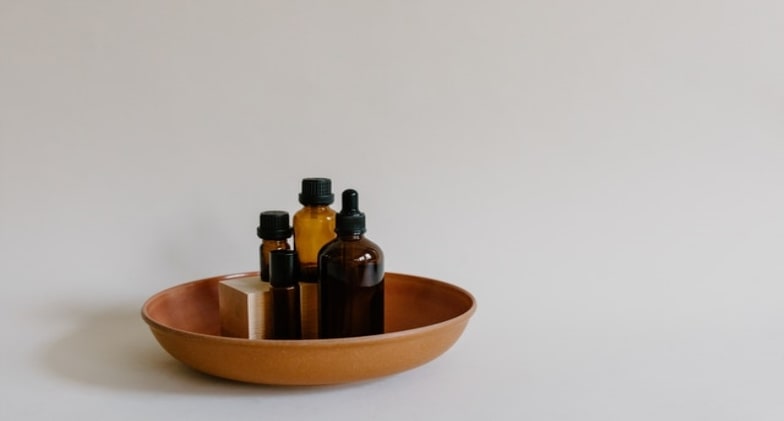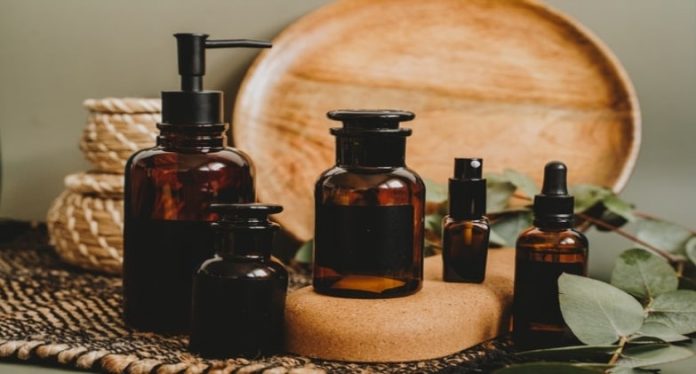In terms of diverse and worldwide love for topical treatments, it is hard to go past aloe vera gel, one of the major players in the skincare and overall healthcare industry. No doubt you’ve seen the wonderful variety of aloe vera gel products across chemists and beauty shelves, while the plant is derived from is also used in a wider array of products, from juices to wound treatments. For such a simple plant, there is a lot to unpack from the leaves themselves, with aloe vera gel being widely used to such a degree that it is hard to imagine certain products without it.
Not only is it widely dispersed and heavily researched to discover new and exciting properties that can be derived from the substance, the plant itself has some famous users from throughout history – dating back to the ancient Egyptians and their beauty routines – but more on that later.
This article will go over the various historical intrigues involving aloe vera gel, some interesting uses that you may not have thought about, and a little about what makes aloe vera gel so incredibly wholesome and popular in so many circles and disciplines – making it a topical tour de force.
Historically Popular
Aloe vera gel and the plant it is derived from has been monstrously popular and peppered throughout history. From the previously mentioned beauty regimens of ancient Egypt to 4th century trading routes. Alexander The Great was said to use it on the battlefield to treat wounds in battle, it seems that the first mention of aloe vera gel in an English context was in 1655. The Arabian peninsula has been noted as being the birthplace for the aloe vera gel plant, or at least where the species of plant we derive the product from originated.
The popularity of early trade routes close to the peninsula has been theorised to have been instrumental in boosting the profile and popularity of aloe vera gel and its counterparts in the early stages of worldwide trade.
It’s no small feat, and it is by no means unpopular it seems with the industry of the plant alone garnering a whopping average of 13 billion dollars per year. It doesn’t seem to be slowing down either with continual studies lifting the lid on some unexpected benefits and further perpetuating the mystique and popularity of the plant – not bad considering it is one of 500 sub-species of the tree.
Packed With Goodness

The term ‘super’ is often over-associated and thus doesn’t have quite the same impact when it comes to showing off something truly extraordinary, but we can’t help but say that aloe vera gel contains some truly remarkably super characteristics. Considering the plant itself contains over 75 active constituents like minerals, salicylic acids, amino acids, vitamins, enzymes and natural sugars – there’s no wonder it is so ubiquitously enjoyed by a wide variety of industries.
The aloe vera gel plant itself is quite well known as well, the large triangle shaped leaves with a serrated edge. It flowers yellow tubular varieties as well as certain fruits as well. While it would be superfluous to list all 75 individual ingredients, some may shed a little light on its broader impact.
For instance, in terms of vitamins, aloe vera gel contains vitamin A, C, E, and B12. It also contains folic acid and choline, antioxidants that take care of free radicals (more on that later), as well as a large variety of potently important minerals like calcium, magnesium, selenium etc. Special enzymes like Bradykinase have been associated with inflammation reduction when used topically, and yes you guessed it – aloe vera gel contains the wonderful enzyme.
While the science is still out on a number of the medicinal claims that can tend towards excess in their promise and claims – the topical and anecdotal evidence of the vitamin enriching contents of aloe vera gel should not be overlooked. There’s a good reason the plant is still as popular (if not more) as it was since it was discovered.
As this vitamin and goodness enrichment is so potent in aloe vera gel, it stands to reason that the more ancient beliefs and skin nourishing components of the substance can be taken on board. For instance, the sheer number of skin creams and lotions that have aloe vera gel as the main ingredient is astoundingly common. The smooth and vitamin-dense sensation has made it especially popular for Australians during the summer months who need a little sunburn relief.
As the natural levels of skin nourishment present in aloe vera gel can vary from brand to brand, it’s always best to test a little dollop on yourself first and monitor for any adverse reactions that may manifest or present themselves to you. It is also a good idea to go with a supplier that is committed to maintaining natural manufacturing processes. Those with a sensitive disposition to skincare regimens should also consult with their dermatologist before beginning.
Where It Comes From
While the plant aloe vera gel comes from is well known and quite noticeable, not a lot of people realise how simple it is to harvest the goodness from the leaves, if you have enough space, you could even start up your own project, although it does take 2-3 years to get something worthwhile and worth harvesting (vitamins and natural enrichment components take some time to formulate effectively in nature.)
If you have the patience and a warm enough climate, there’s likely a flower shop nearby that has them in stock, giving them plenty of sunlight will ensure a healthy crop has every chance of growing. Harvesting them is quite simple and straightforward as well, with homegrown enthusiasts attesting to using a simple knife to slice through and collect the aloe vera gel from the leaves.
Some Unique Uses For Aloe Vera Gel
While the topical skincare dollops are quite common and well known around the world, there are some unique ways to use the product that may not have crossed your mind (or ours initially!) that add even more reason to love aloe vera gel.
Bear in mind, however, that it’s always wise to go with reputable companies and suppliers, particularly if you’re not growing it yourself. It’s also better to go without the artificial dyed knockoffs as they tend to have a lot less potency and can be deceiving in their packaging and promises.
Hand Sanitiser
Yes, that’s right, in the age of COVID-19 you can use the power of aloe vera gel to sanitise your hands. All it takes is the primary ingredient, equal parts alcohol, and a few droplets of your favourite essential oil. Fresh, fragrant, and effective.
Shaving Cream
Using aloe vera gel as an alternative to shaving cream may seem a little odd, a little out of the ordinary, but considering the number of chemicals that are contained in your average shaving cream can, you may start thinking about why you didn’t do it beforehand. The skin nourishing aspects alone, combined with the anti-inflammatory enzymes allow for a closer and more comfortable shaving experience.
It’s a classic, and it’s not going anywhere anytime soon. Find your supplier and start feeling naturally boosted.

